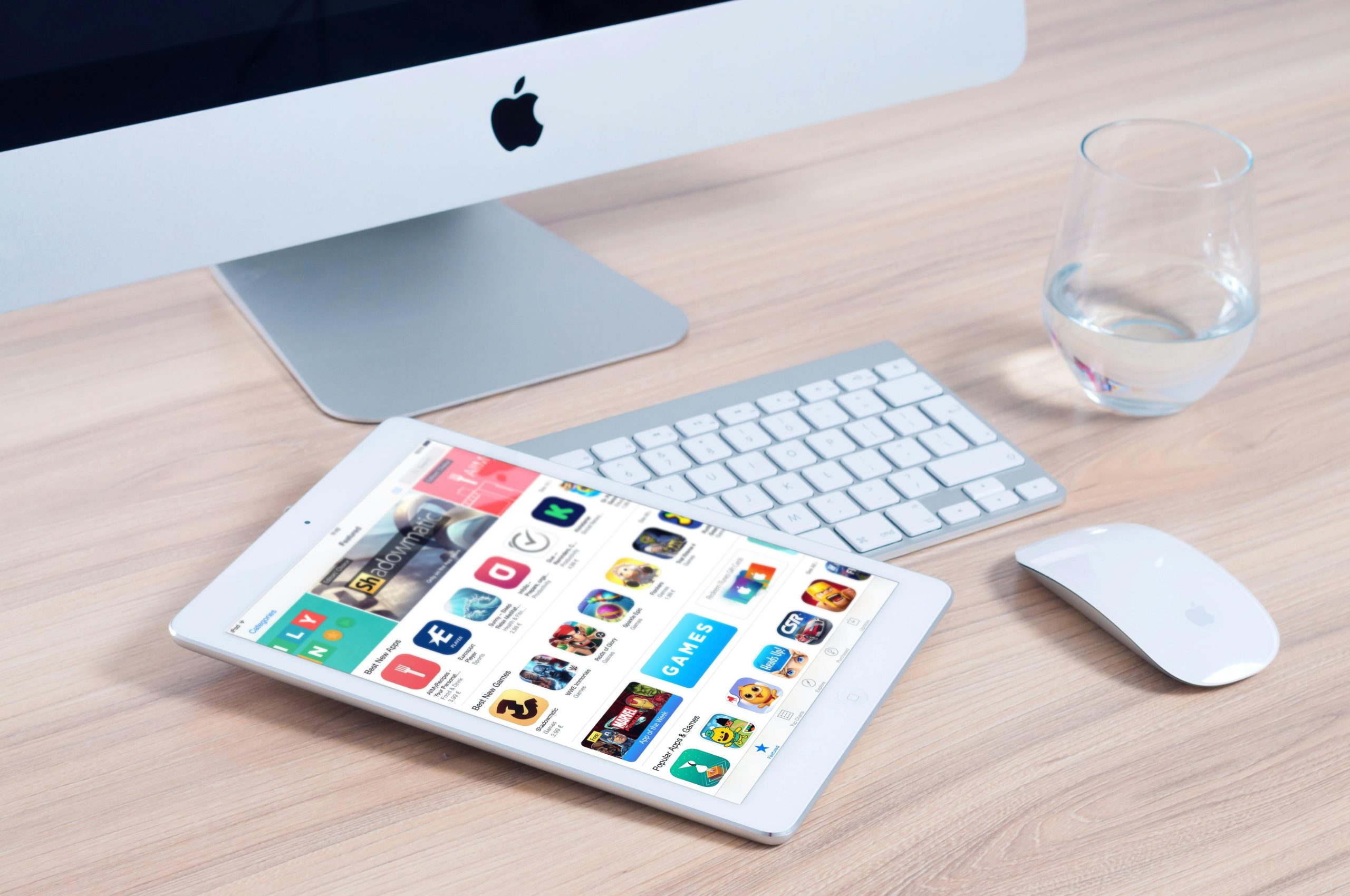Understanding iPad Glitches: What They Mean and How to Fix Them
In the digital age, our devices are our connections to the world. Whether we’re working, relaxing, or everything in between, gadgets like iPads have become integral to our daily lives. They’re repositories of our work, entertainment hubs, and gateways to the internet. However, like all technology, they can sometimes behave unpredictably. If you’ve ever noticed your iPad acting strange, such as grouped apps disappearing when zoomed out or apps lacking names, you might be wondering if you have a virus or simply need an update.
In this comprehensive guide, we’ll delve into common iPad issues and how to resolve them. By understanding these glitches, you can ensure your device runs smoothly and efficiently.
Common iPad Glitches Explained
Before diving into solutions, it’s essential to understand what might be causing your iPad to behave erratically. Occasionally, seemingly strange behaviors are just glitches and not indicative of malware or other serious issues.
1. Apps Disappearing When Zoomed Out
One common issue iPad users encounter is apps disappearing or becoming hidden when zoomed out on the Home Screen. This might make it seem like your apps have vanished into thin air, but there are reasons behind this behavior:
iOS Animations and Gestures
Apple’s iOS relies heavily on animations and intricate gestures to create intuitive user interactions. This can sometimes lead to visual glitches, where grouped apps seem to disappear but are merely not rendering correctly due to a temporary software issue.
Adjusting Settings and Accessibility Options
Sometimes, certain settings or accessibility options can impact how apps display or respond to gestures. Features such as “Reduce Motion” or visual accommodations might inadvertently hide certain elements, giving the impression that they’re gone.
2. Apps Without Names
Another peculiar issue is apps not displaying their names on your screen. This can be jarring, as the app icons alone might not always immediately remind you of their purpose.
Icon Caching Problems
The iOS occasionally experiences caching problems. When this happens, the visual database that guides how app icons and names appear might become corrupted or outdated, leading to missing names.
Language and Localization Settings
If your language settings are inconsistent or if you’ve recently changed your region, you might find that your app names don’t appear correctly. Verifying and resetting your language options can often solve the issue.
3. Static App Names Like the iTunes Store
Finally, some apps, such as the iTunes Store, having static names might seem unusual. However, there are usually straightforward explanations for this too.
System Applications with Bridged Services
Apps that serve as gateways to larger server-side services, like the iTunes Store, might have rigid naming schemas that aren’t subject to the same display rules as regularly-installed apps. They’re static because they need to maintain consistent recognition across all iOS interfaces.
Troubleshooting and Solutions
Now that we’ve explored some potential causes behind these glitches, let’s venture into solutions you can apply to restore normal functionality to your device.
1. Reboot Your Device
Before jumping into more complex solutions, a simple device restart can resolve most iPad glitches. By rebooting, you ensure that all processes start anew, often clearing out temporary bugs that could lead to visual errors.
- To reboot, press and hold the Power button until the “slide to power off” slider appears.
- Slide to power off, wait a few seconds, and then turn your iPad back on.
2. Update Your iOS
If your device isn’t running the latest iOS software, it could explain glitches in performance. Apple regularly releases updates that address bugs and improve overall system stability.
- Go to Settings > General > Software Update to check if an update is available.
- If an update is present, proceed to download and install it.
3. Reset Home Screen Layout
If issues persist with app organization and display, resetting your Home Screen layout might help.
- Navigate to Settings > General > Reset > Reset Home Screen Layout.
- This will return your Home Screen to its default appearance, fixing any custom arrangement issues that might have arisen.
4. Clear App Cache and Free Up Space
Sometimes, device slowdowns or visual glitches occur because of storage issues. You can free up space and potentially resolve errors by managing app caches:
- For individual apps, go to Settings > General > Storage & iCloud Usage > Manage Storage.
- Choose apps and delete unused ones or clear caches to streamline your device’s performance.
5. Check Accessibility Settings
For bolder customizations in iOS, it’s wise to review accessibility settings for any adjustments made that might impact your Home Screen.
- Navigate to Settings > Accessibility, and examine options like “Zoom” or “Reduce Transparency” that could distort app appearances.
6. Restore iPad to Factory Settings
As a last resort, if none of the solutions provided relieve the issues, restoring your iPad to factory settings might be necessary.
- Before you restore, ensure all your data is backed up via iCloud or your preferred backup solution.
- To restore, go to Settings > General > Reset > Erase All Content and Settings.
Do iPads Get Viruses?
A common worry for any device experiencing issues is whether it has contracted a virus. Apple devices, including iPads, operate within a closed-loop system that is known for its robust security infrastructure, minimizing virus risks. However, it’s not impossible.
The Reality of Viruses on iOS Devices
-
Within the App Store: Apple has strict criteria for apps on its App Store, scrutinizing all submissions to prevent harmful malware from infiltrating user devices.
-
Enterprise Certificates: In rare cases, certain apps distributed via enterprise certificates might circumvent the iOS containment but such instances are rare. Keeping your iPad exclusively to App Store applications safeguards against these risks.
Steering Clear of Potential Threats
- Ensure that you’ve restricted app downloads to the official App Store only. Avoid sideloading apps through third-party configurations.
- Regularly update your apps and device software to the latest versions, maintaining quality defense against breaches or exploits.
Conclusion: Being an Informed User
iPads are remarkably effective but aren’t entirely exempt from technical hiccups. By understanding common glitches and how to troubleshoot them, you remain in command of your technology and can preserve its efficiency.
Trust in technology lies greatly in user manipulation and maintenance. Adopting these proactive routines—maintaining updates, keeping informed of current issues, and understanding your device’s feature settings—bolsters your security, and extends the life and performance of your iPad.
As an informed user, the power to resolve anomalies rests on awareness and action. Your device is a critical part of daily routine, and a brief commitment to sustaining its health ensures ongoing reliability and excellence in your digital experience.
Share this content:



Response to Understanding iPad Glitches
Thank you for providing such an insightful overview of common iPad glitches! As a tech enthusiast, I believe it’s crucial to understand that glitches can often be resolved with some straightforward troubleshooting. Here are a few additional tips that might help users navigate these issues:
Advanced Troubleshooting Techniques
While the standard solutions like rebooting and updating iOS are essential, here are some advanced techniques you might consider:
1. Check for app-specific issues
Sometimes, the problem might be app-specific. If you notice glitches while using a particular app, try reinstalling it. This often clears up any corruption that could be causing performance issues.
2. Use Safe Mode
If you’re experiencing persistent glitches, booting your iPad into safe mode can help isolate the issue. This mode starts the device without third-party apps running. If the problem doesn’t persist in this mode, you know it’s likely due to a third-party application.
3. Reset All Settings
Rather than a complete factory reset, which erases all content and settings, consider resetting all settings. Navigate to Settings > General > Reset > Reset All Settings. This will revert settings like Wi-Fi passwords and
Hi there, thank you for sharing such a detailed overview of common iPad glitches and troubleshooting steps. Based on your description, here are some additional tips that might help you resolve the issues you’re experiencing: